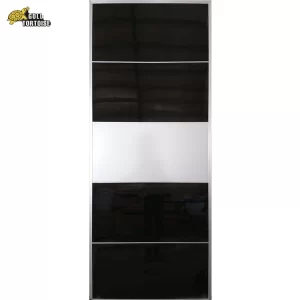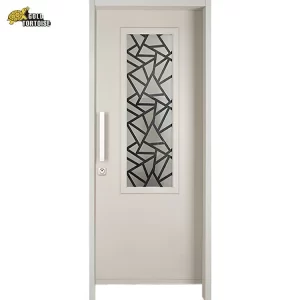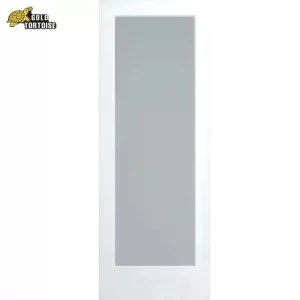Door skins are an essential component of many types of doors. They provide the outer layer that gives a door its appearance and protects the inner core. Door skins can be made from a variety of materials, including wood, metal, and composite materials. The process of making door skins involves several steps, from the selection of materials to the final finishing touches.
1. Material Selection
The first step in making a door skin is selecting the appropriate material. This decision is typically based on the desired look and feel of the door, as well as its intended use. For example, a front door may require a more durable material that can withstand the elements, while an interior door may prioritize aesthetics over durability.
- Wood is a common choice for door skins due to its natural beauty and versatility. Different types of wood offer different colors, grains, and textures, allowing for a wide range of design possibilities. Common choices include oak, maple, and cherry.
- Metal door skins, often made of steel or aluminum, offer increased durability and security. They are commonly used for exterior doors in both residential and commercial settings.
- Composite materials, such as Medium-Density Fiberboard (MDF) or Oriented Strand Board (OSB), are also used. These materials are engineered to provide the benefits of wood, such as a natural appearance and feel, while also offering increased durability and resistance to warping and cracking.

2. Embossing and Reinforcing
Once the material has been selected, it is then embossed and reinforced. Embossing involves pressing a pattern into the surface of the material to give it a textured appearance. This can be done using a variety of methods, including heat and pressure.
Reinforcing the door skin involves adding additional materials to increase its strength and durability. This can include applying a layer of resin or another type of protective coating. The reinforcing process can also involve adding additional layers of the same material or a different material to the door skin.
3. Attachment to the Door Core
After the door skin has been embossed and reinforced, it is then attached to the door’s core. This involves aligning the door skin with the core and then securing it in place. The method of attachment can vary based on the materials used and the specific design of the door. Common methods include using adhesives, screws, or other types of fasteners.
4. Finishing
The final step in making a door skin is the finishing process. This involves applying a finish to the surface of the door skin to enhance its appearance and protect it from damage. The type of finish used can vary based on the material of the door skin and the desired look. For example, wood door skins may be stained or painted, while metal door skins may be painted or powder coated.

Conclusion
The process of making door skins involves a combination of material selection, embossing and reinforcing, attachment to the door core, and finishing. Each step is crucial in ensuring that the door skin is durable, attractive, and suitable for its intended use. While the exact process can vary based on the materials used and the manufacturer’s methods, these general steps provide a basic understanding of how door skins are made.







